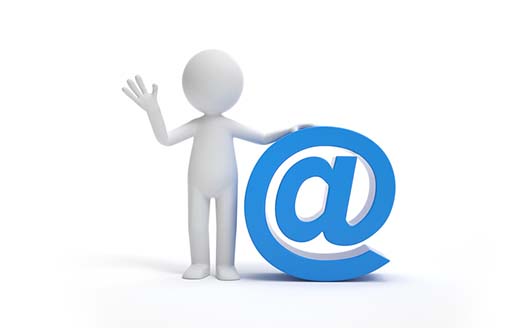Would you be surprised to know that 99 percent of people check their email every day?
With a statistic like that, it’s not hard to see why email marketing is a go-to for marketing campaigns. What’s confusing, though, is that sometimes, email marketing ROI can look a little bleak.
An unsuccessful email campaign in a world where opening emails is such a big part of people’s lives can be confusing, and brings up an important question:
Where is the gap between consumers checking their email constantly, but not clicking on your brand’s message?
As you consider the value of email marketing, consider this — 73 percent of millennials prefer email communication when receiving marketing material. Ultimately, the problem may not be the marketing channel, but the message delivery. So, is email marketing dead? Or, is there something that can be done to enhance the email marketing experience — for consumers and marketers?
A marketing strategy makeover might be necessary for a struggling brand. Email marketing as a marketing tool isn’t dead. But some email marketing practices are, such as impersonal email address lines, violating General Data Protection Regulations (GDPR), ignoring user experience, and not tracking metrics.
If your brand’s email marketing strategy is currently struggling with bringing in high ROI, it could be that your strategy hasn’t been improved to reflect how email currently works.
Ultimately, if you’re not catering to your audiences, or if you’re not using metrics to appropriately measure and improve your email campaigns, you’re likely missing out on ROI — not because email marketing is dead, but because your strategy is outdated.
To improve your email marketing ROI in 2020, here’s what to retire:
1. Impersonal subject lines
Email marketing starts before readers even open the email. Subject lines can make or break open-rate, a metric that tracks how many subscribers open your emails.
Personalizing marketing messages makes readers feel connected to what’s being sold. Generally, making a subject line personal can be as easy as noting the holiday season or asking a question to get readers thinking.
Think about what in your email is the “must-know” takeaway, and create a short subject line that taps into emotions to get subscribers clicking.
2. Ignoring GDPR standards
GDPR means making sure the reader gives clear, unambiguous permission to receive marketing emails. Full compliance with GDPR ensures that sending marketing emails is legal.
GDPR was created so consumers know their data is protected and being used by brands they have trusted with personal information. They opt-in to emails they’d like to receive from brands they’re interested in.
This is good news for marketers because it means your email campaigns will only be sent to users who are genuinely interested in your marketing messages. It also ensures your email marketing messages are compliant with the law.
3. Using templates that aren’t mobile-friendly
The world is mobile now. Many people check emails from their phone.
Emails that aren’t mobile-friendly are probably raising your bounce rate exponentially due to poor user experience. Because it’s so easy to click away from something that’s unappealing, emails optimized for mobile should be an important step in the design process.
The Apple iPhone is the most popular method for opening emails. For some audiences, marketing emails that are stellar for mobile should take priority over emails for desktop, so the majority of readers don’t get turned away from desktop-friendly templates.
4. Poor email design
It’s imperative to take time designing emails that delight readers.
Emails lately have gotten snazzy. From animations to GIFs, and even embedded full-length videos, businesses are dipping their toes into exciting email marketing efforts to pull readers in.
Emails that have quick loading time, bold CTAs (Call to Action), and colorful visuals typically perform best.
An email newsletter with long paragraphs, the same-old template and a CTA that hasn’t changed in years are less than exciting, and probably leave readers clicking out of that email.
5. Not strategically using metrics
Tracking metrics helps fill in the gaps when looking where to improve marketing efforts. They break down the behavior of email subscribers.
Metrics collect data on how many people are interacting with emails, when they are, who they are, and for how long. All of this information is important to know when planning because they lead to important marketing decisions.
Metrics save time by reporting on what’s working and what isn’t. To begin tracking metrics, consider what email software you use. Many have reporting and tracking built into their tools, as well as information about how that data is collected and interpreted.
Ultimately, the reasons you may not be seeing results, is not because email marketing is dead — it’s because of how you’re email marketing. So, before you turn away from email marketing as a whole, think about ways you can improve your strategy to compete.



